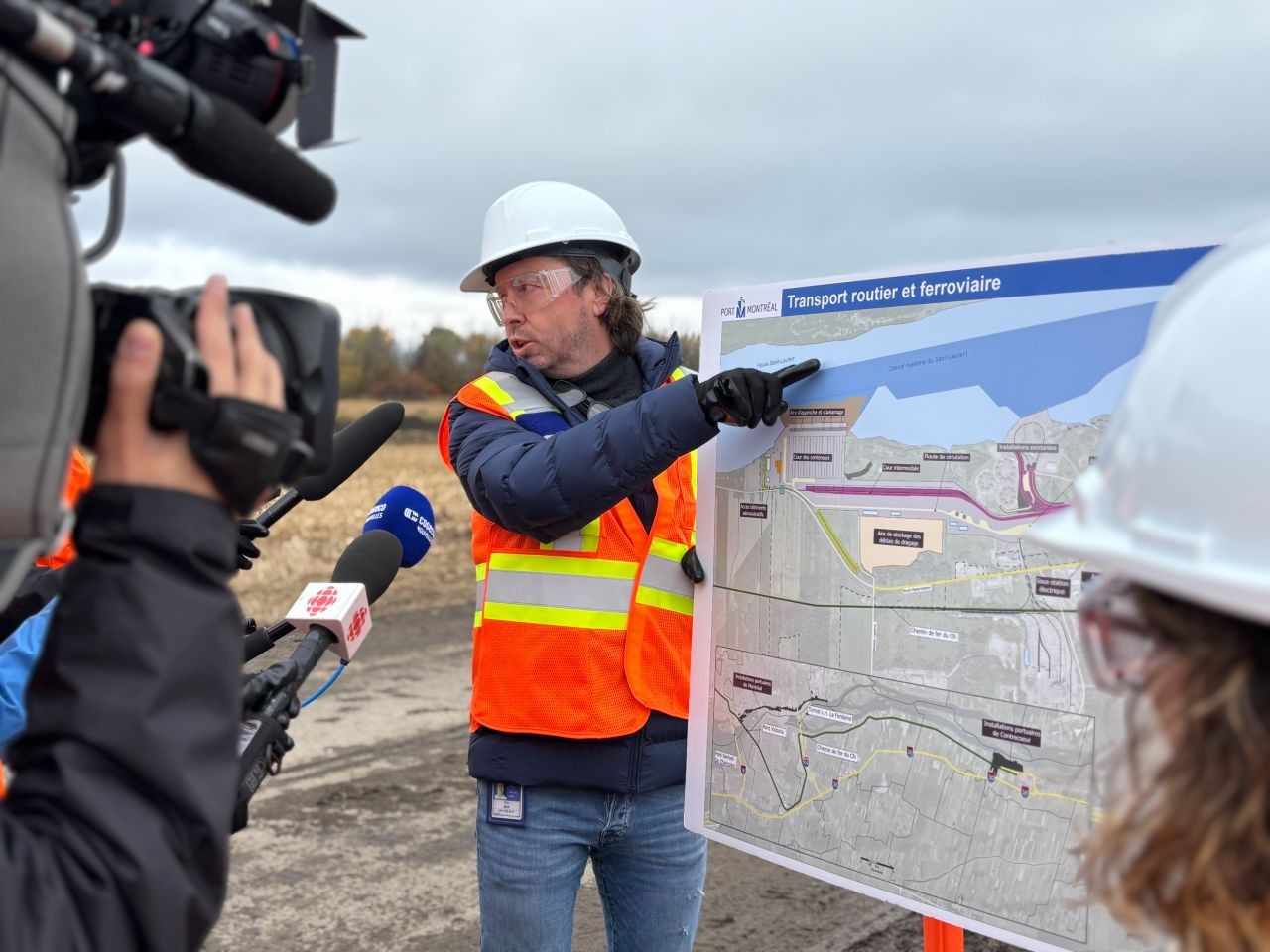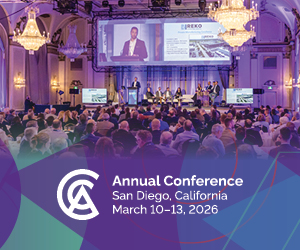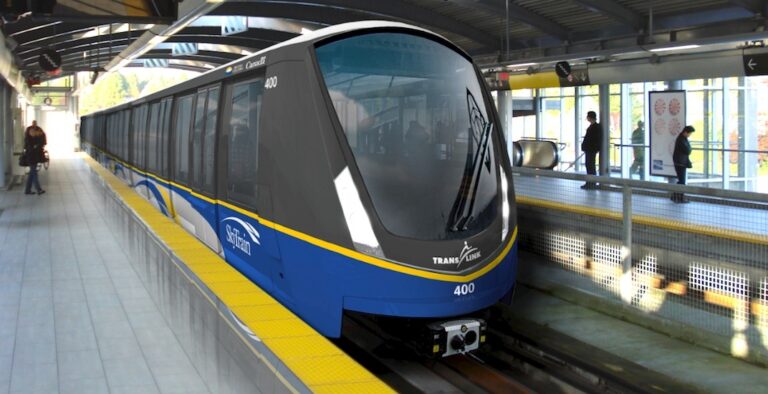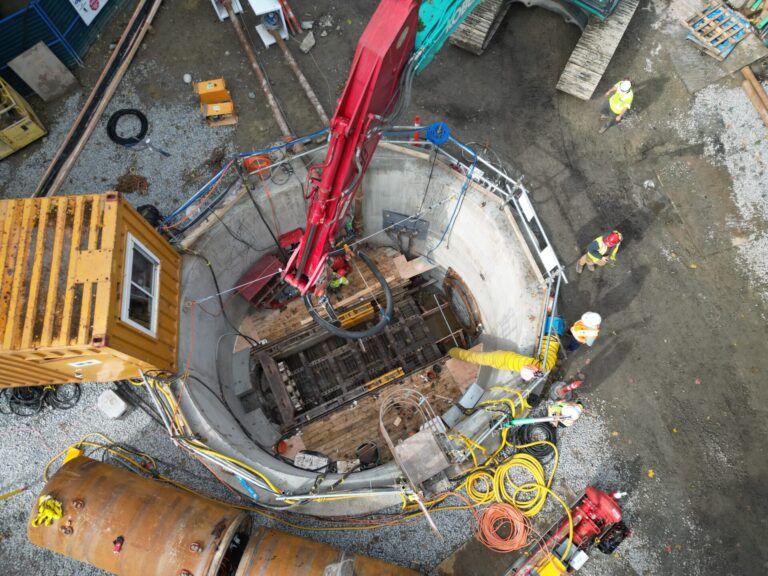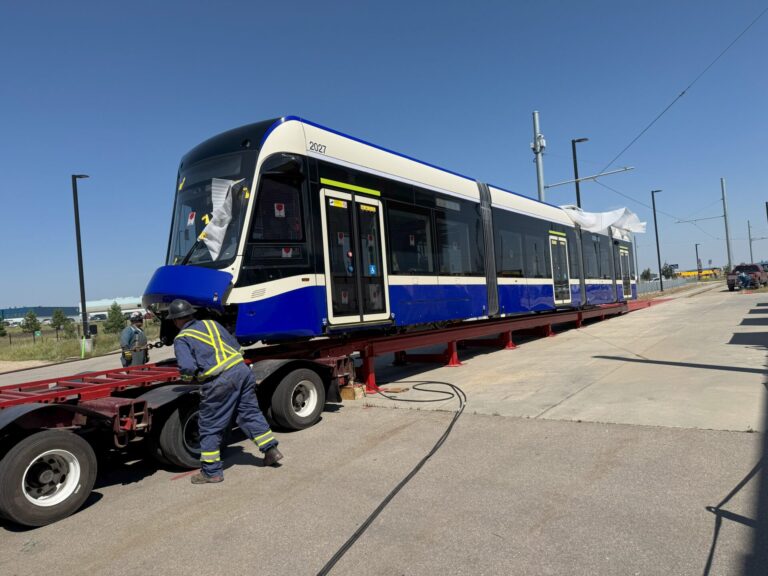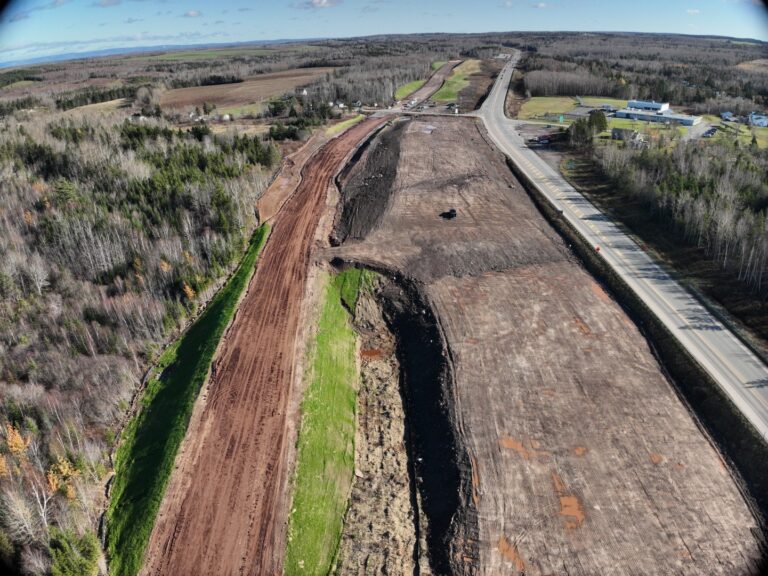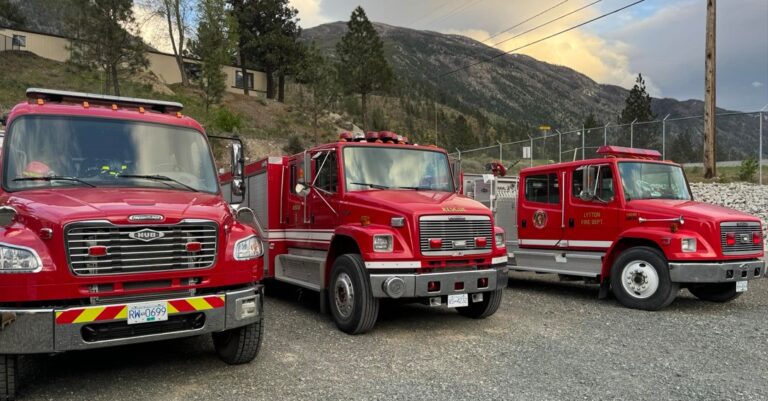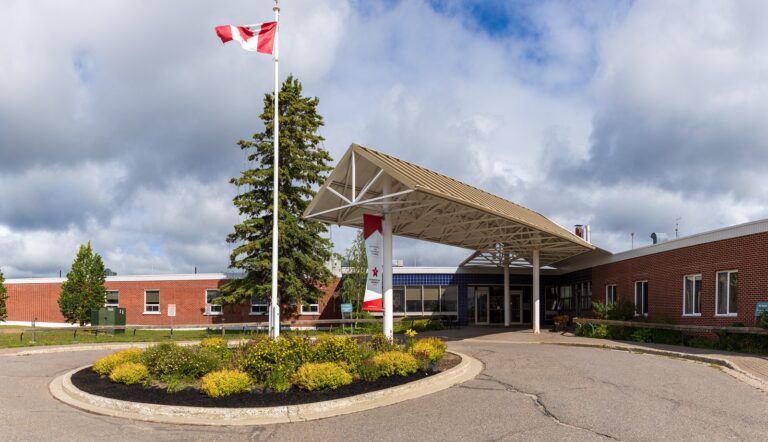As part of the Port of Montreal expansion project in Contrecœur, the Montreal Port Authority (MPA) announced that it has obtained a permit from Fisheries and Oceans Canada (DFO) authorizing the implementation of the compensation plan for copper redhorse feeding grounds.
The plan was developed in accordance with the Statement of Decision and in consultation with Fisheries and Oceans Canada, Quebec’s Ministry of Forests, Wildlife and Parks, Environment and Climate Change Canada, and First Nations.
To offset the impacts of the future Contrecœur container terminal on the copper redhorse’s feeding habitat, the MPA will carry out a compensatory development near Île aux Bœufs. This site was chosen, among other reasons, for its strategic location in an area frequented by this species.
The Port of Montreal Contrecoeur Terminal is No. 75 on ReNew Canada’s 2025 Top100 Projects report.
The compensation plan consists of two main phases of work:
- First phase: Construction of structures, including a dike, a breakwater, and the installation of substrate. These structures are designed to protect the area from wave action and regulate water flow to create conditions conducive to the development of seagrass beds that will provide food for the copper redhorse. This phase is expected to be completed by the end of 2025.
- Second phase: Planting seagrass beds covering an initial area of 3.29 hectares, beginning in the summer of 2026.
Projections established as part of the compensation plan indicate that the area of seagrass beds is expected to double after six years (approximately 6.2 hectares). In accordance with the conditions of the issued permit, the MPA will monitor the seagrass beds for 25 years, with the possibility of additional planting if necessary.
The project underwent an environmental impact assessment by Environment and Climate Change Canada and Fisheries and Oceans Canada, as required under the Impact Assessment Act. The authorities determined that the project is not likely to cause significant adverse environmental effects.
Located in an industrial zone, the Contrecœur land reserve was acquired over 30 years ago by the Montreal Port Authority and has been the focus of thorough collaborative planning to support the development of the supply chain in Quebec and the rest of Canada. With the support of its public and private partners, including financial support from the governments of Canada and Quebec, the Port of Montreal is developing an advanced new container terminal able to handle 1.15 million twenty-foot equivalent units (TEUs) by 2030, when it is expected to be fully operational. At full capacity, the terminal will generate over 10,000 jobs annually. It will include two berths, a large container handling area, an intermodal rail yard connected to the main network, a truck gate connected to the road network, and support facilities. Advantageously located in the country’s main pool of consumers and importers, close to major rail and road routes, the Port of Montreal’s Contrecœur expansion will strengthen a world-class logistics hub in the heart of the St. Lawrence Valley.
Featured image: (Montreal Port Authority)

